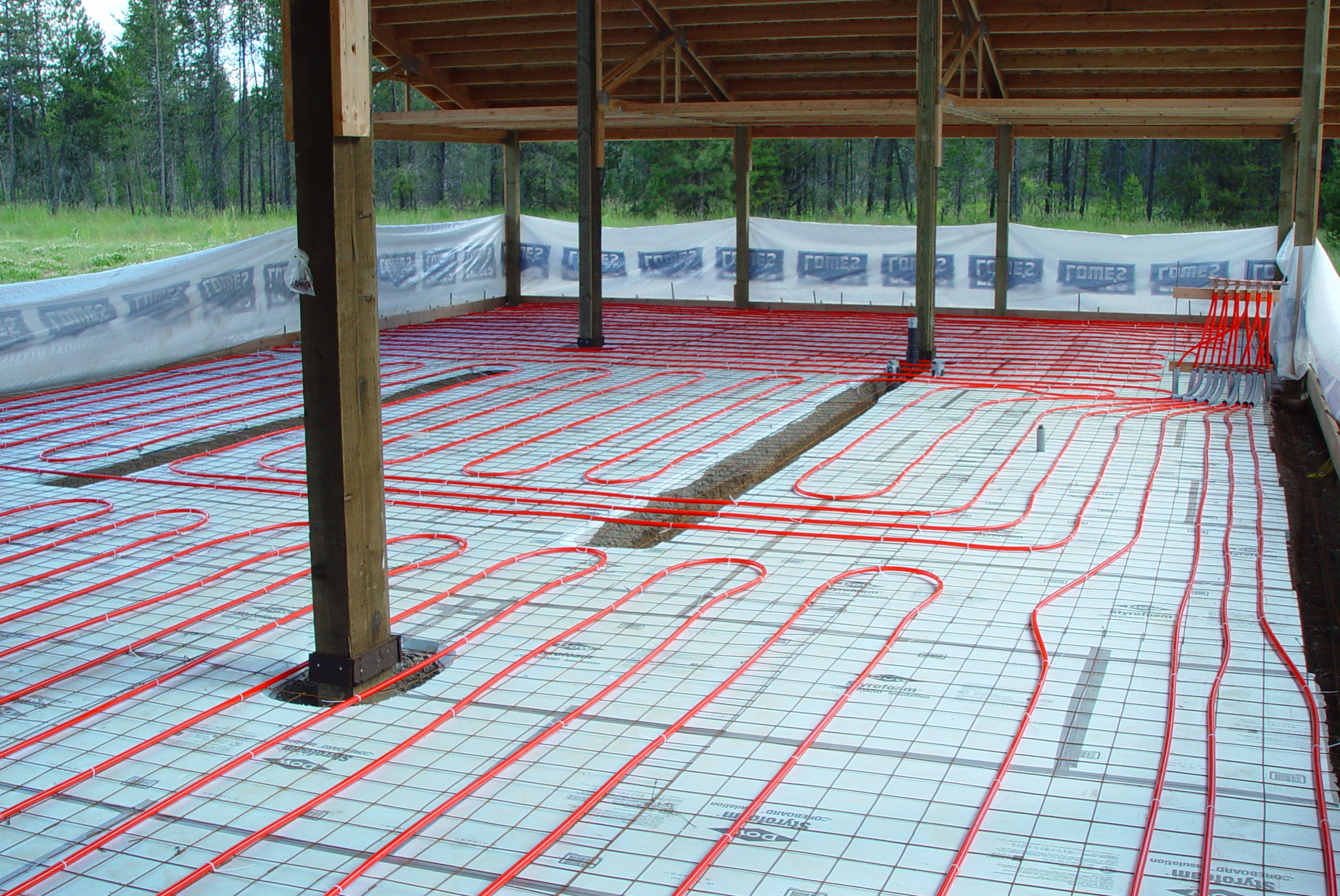

This is relatively high when compared to other materials, for example the conductivity of wood may be as low as 0.04 W m −1 K −1. The actual value of k varies significantly in practice, and is usually between 0.8 and 2.0 W m −1 K −1. However, this study concerned hollow concrete blocks and its results are unverified for concrete slabs. Subsequently, Valore (1980) developed another formula in terms of overall density. In practice this formula is rarely applied, but remains relevant for theoretical use.


Campbell-Allen and Thorne (1963) derived a formula for the theoretical thermal conductivity of concrete. To simplify this, particles of aggregate may be considered to be suspended in the homogeneous cement. These various factors complicate the theoretical evaluation of a k-value, since each component has a different conductivity when isolated, and the position and proportion of each components affects the overall conductivity. The primary influences on conductivity are moisture content, type of aggregate, type of cement, constituent proportions, and temperature. The coefficient of thermal conductivity, k, is proportional to density of the concrete, among other factors. Thermal conductivity of a concrete slab indicates the rate of heat transfer through the solid mass by conduction, usually in regard to heat transfer to or from the ground. In some special cases, the thermal properties of concrete have been employed, for example as a heatsink in nuclear power plants or a thermal buffer in industrial freezers. Concrete has similar thermal properties to masonry products, in that it has a relatively high thermal mass and is a good conductor of heat. Calculations and drawings are often done by structural engineers in CAD software.Įnergy efficiency has become a primary concern for the construction of new buildings, and the prevalence of concrete slabs calls for careful consideration of its thermal properties in order to minimise wasted energy. On technical drawings, reinforced concrete slabs are often abbreviated to "r.c.c. These in-situ slabs are cast on site using shutters and reinforced steel. Cast in-situ slabs are used in high rise buildings and large shopping complexes as well as houses. In high rise buildings and skyscrapers, thinner, pre-cast concrete slabs are slung between the steel frames to form the floors and ceilings on each level.A hollow core slab which is precast and installed on site with a crane.This slab type is made up of pre-stressed beams and hollow blocks and are temporarily propped until set, typically after 21 days. Beam and block, also referred to as rib and block, is mostly used in residential and industrial applications.įor multi-story buildings, there are several common slab designs (see § Design for more types): A slab is ground-bearing if it rests directly on the foundation, otherwise the slab is suspended. These slabs are generally classified as ground-bearing or suspended. In many domestic and industrial buildings, a thick concrete slab supported on foundations or directly on the subsoil, is used to construct the ground floor. Steel- reinforced slabs, typically between 100 and 500 mm thick, are most often used to construct floors and ceilings, while thinner mud slabs may be used for exterior paving (see below). Suspended slab formwork and rebar in place, ready for concrete pour.Ī concrete slab is a common structural element of modern buildings, consisting of a flat, horizontal surface made of cast concrete.


 0 kommentar(er)
0 kommentar(er)
